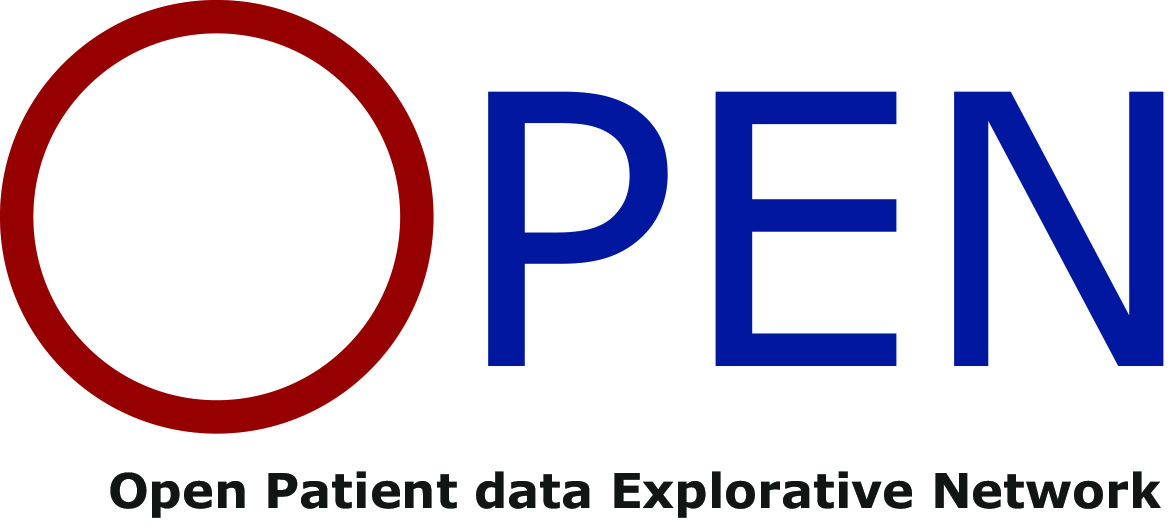
Postdoc
Anne Seneca Terkelsen
Center for Shared Decision Making, Vejle hospital
| Project management | ||
| Project status | Open | |
| Data collection dates | ||
| Start | 01.01.2026 | |
| End | 31.12.2026 | |
Exploring Shared Decision Making on Palliative Care in ICUs: Perspectives of Patients, Families, and Healthcare Professionals
Short summary
This qualitative study explores shared decision-making on palliative care in ICUs from the perspectives of patients, families, and healthcare professionals. Through interviews at hospitals in Vejle, Kolding, and Esbjerg, the study aims to identify barriers and opportunities for improving collaboration and patient involvement. Findings will inform the development of a decision-support tool as part of the European EPIC initiatve.
Rationale
Patient involvement is essential for strengthening individuals' roles in their own care. A key approach is shared decision-making, where patients' needs and preferences are prioritized in collaboration with healthcare professionals. This can lead to improved treatment outcomes and higher patient satisfaction. Although shared decision-making is gaining attention in health policy, there is limited knowledge about its implementation in acute and life-threatening situations-particularly in intensive care units, where patients often lack decision-making capacity and relatives must act as proxies. Time pressure, lack of prior relationships, and complex communication add further challenges for healthcare staff. Palliative care in intensive care settings is relevant for both dying and critically ill patients. According to the World Health Organization, palliative care should be offered in cases of life-threatening illness to enhance quality of life and relieve suffering. Transitioning from life-prolonging treatment to palliative care can trigger ethical dilemmas, misunderstandings, and emotional stress, requiring open communication and collaboration among patients, relatives, nurses, and physicians. This project is part of the European EPIC initiative, which aims to improve palliative care in intensive care units. It focuses on enhancing shared decision-making practices to support patients and families during critical illness. The project explores the experiences and needs of patients, relatives, and healthcare professionals in order to develop, implement, and evaluate a decision-support tool that promotes shared decision-making about palliative care in intensive care contexts. --- ### **Study Aim** The primary aim of this study is to gain insight into the experiences of patients, their families, and healthcare professionals with shared decision-making about palliative care in an intensive care unit. This includes identifying both barriers and opportunities for successful implementation of shared decision-making in this context. --- ### **Secondary Aims** - To explore cultural and organizational factors that hinder the implementation of shared decision-making in intensive care settings. - To develop recommendations for improving patient involvement in decisions about palliative care, based on the experiences of patients, their families, and healthcare professionals.
Description of the cohort
The study includes three groups of participants: Patients admitted to intensive care units, family members of these patients, and healthcare professionals affiliated with the intensive care units. Participants will be recruited from the intensive care units at the hospitals in Vejle, Kolding, and Esbjerg. Approximately 10 patients and 10 family members are expected to take part in individual interviews, while 10 healthcare professionals will participate in focus group interviews. Additional participants may be included until data saturation is achieved.
Data and biological material
To support the interpretation of the qualitative findings, demographic and background information will be collected from all participants prior to the interviews. This data will help contextualize individual experiences and ensure diversity within the sample. For patients, the collected information will include age, gender, primary diagnosis and reason for admission to the intensive care unit, duration of ICU stay, previous hospital admissions, and-if relevant-language and cultural background. Family members will be asked to provide their age, gender, relationship to the patient, frequency and duration of ICU visits, living arrangement (e.g., whether they cohabit with the patient), and educational background. Healthcare professionals will be asked to report their age, gender, professional role (such as nurse, physician, or physiotherapist), years of experience working in intensive care, educational level, and work schedule (e.g., shift type or full-time/part-time status).
Collaborating researchers and departments
Intensive Care Unit, Vejle Hospital, Anaesthesia and Intensive Care, Kolding Hospital, Anaesthesia and Intensive Care, Esbjerg Hospital
- Christina Junker Døhr, Vejle hospital, Pia Mallard Holm Pedersen, Kolding hospital, ??, Esbjerg hospital